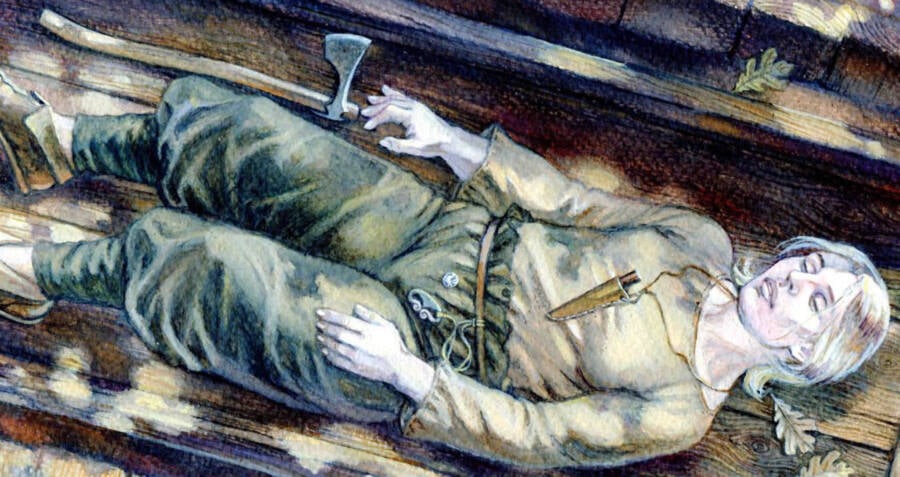Hidden Secrets Unearthed: Viking Warrior Woman’s Mysterious Grave with Battle Axe Challenges History
“Though some Viking women buried with weapons are known, a female warrior of this importance has never been determined and Viking scholars have been reluctant to acknowledge the agency of women with weapons,” researchers behind the study wrote.
“This image of the male warrior in a patriarchal society was reinforced by research traditions and contemporary preconceptions. Hence, the biological sex of the individual was taken for granted.”
Discoveries like the one on Langeland should continue to put those preconceptions to rest.
Next, learn some of the most fascinating facts about Vikings. Then, learn the story of the Shieldmaidens, the Viking warrior women.













